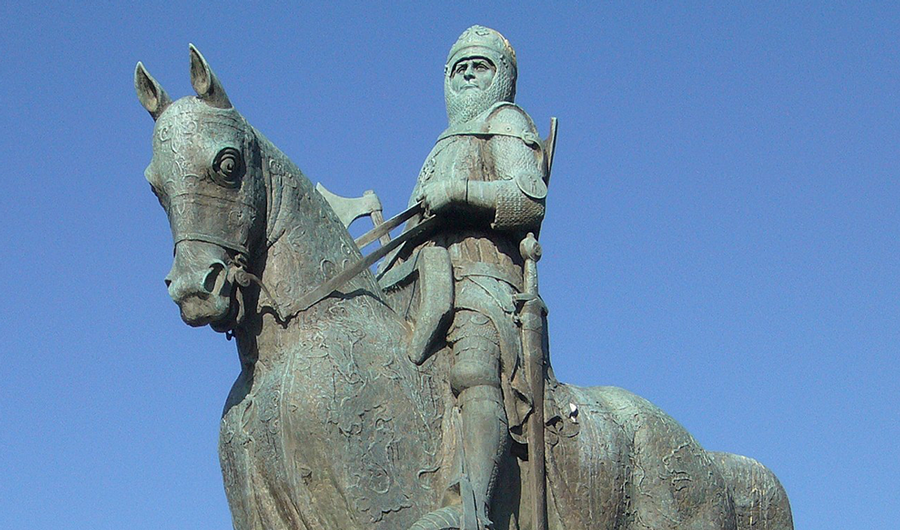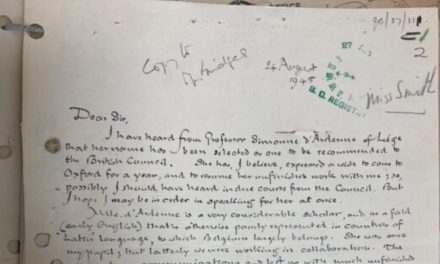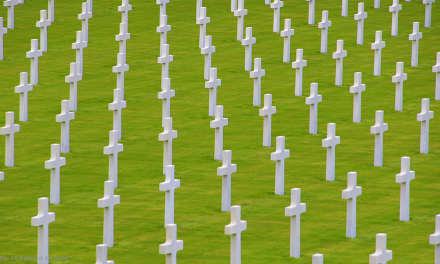A distinct genetic marker, carried by descendants of Robert the Bruce’s close relatives, has been identified by researchers at the University of Strathclyde.
The genealogy researchers have found the marker in male line descendants of the Bruces of Clackmannan, who were related to Robert the Bruce, King of Scots from 1306 to 1329.
It is in the Y chromosome DNA of two different lines of descent from Robert Bruce, 2nd Baron of Clackmannan, who lived in the second half of the 14th century.
One of the descendants who has taken a test is Rollo Bruce, a retired textile research editor from Oxfordshire.
Although there are varying theories about the exact relationship between the Bruces of Clackmannan and King Robert the Bruce, there is a consensus that it was very close. In the Register of the Great Seal for 1365, a charter of King David II confirms a grant of lands in Clackmannan to Robert Bruce, who is described in Latin as “dilecto et fideli nostro consanguineo” (our beloved and faithful kinsman). This Robert is first mentioned in 1360 as the young heir of his father, Thomas Bruce.
The genetic marker has been given the name FTB15831.
Graham Holton is Principal Tutor on Strathclyde’s Genealogical Studies Postgraduate Programme, based in the University’s Centre for Lifelong Learning. He said: “Y chromosome DNA tests taken by male line descendants of two of Robert of Clackmannan’s sons, Robert and Edward, show that they both carry the marker FTB15831. This means it may also have been carried by their close relative, King Robert.
“This discovery means that anyone living today who tests positive for the marker is descended from the same family as the famous King.
“Although the test takers from both lines carry FTB15831, one of them also has an additional genetic marker, indicating his descent from Robert Bruce, 3rd Baron of Clackmannan, who died around 1405. Further research may reveal more markers for specific branches of the Bruce family.
“This discovery will also allow the comparison of these results with any Y-DNA which can be extracted from supposed remains of King Robert, and thus confirm their true identity.”
Strathclyde’s Genealogy Team is seeking further funding to upgrade to additional DNA tests, as part of its Scottish Clans and Families project.




